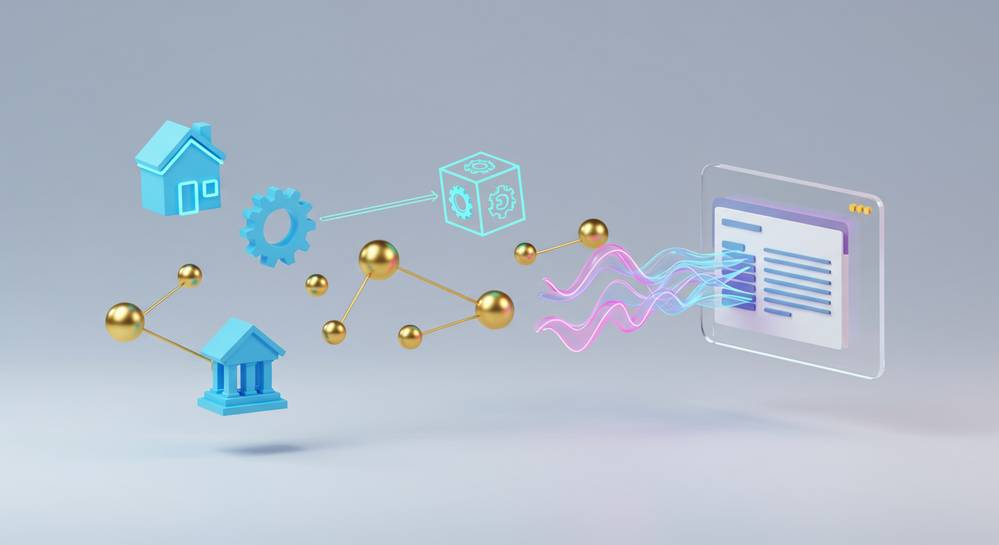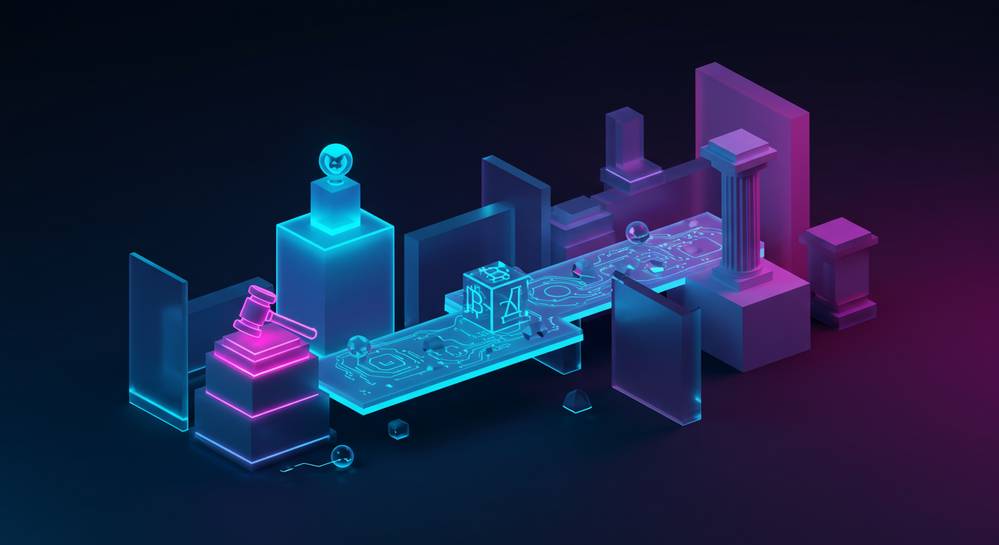The financial world is undergoing a significant transformation, driven by the integration of blockchain technology. Far from being a niche experiment, this shift is now a central theme in blockchain adoption in finance news. Major institutions are actively implementing distributed ledger technology to enhance efficiency, security, and transparency. This article explores the key drivers, real-world applications, and future trajectory of this financial revolution.
Why the financial sector is embracing blockchain technology
The financial industry operates on principles of trust, security, and efficiency. Traditional systems rely on centralized intermediaries, but distributed ledger technology offers a new paradigm. Recent blockchain adoption in finance news shows a clear trend towards solving systemic pain points. Its core appeal lies in addressing these longstanding challenges directly.
- Enhanced Security: Blockchains cryptographic links and its decentralized nature make data immutable. Once a transaction is recorded, it cannot be altered, creating a reliable and tamper-proof audit trail.
- Increased Efficiency: Financial processes like securities settlement often take days. Blockchain enables near-instant settlement by removing intermediaries, which reduces operational costs and frees up capital.
- Greater Transparency: In permissioned systems, all parties view the same shared ledger. This single source of truth reduces discrepancies and minimizes the need for reconciliation among participants.
- Reduced Risk: Smart contracts automate complex processes. They self-execute when conditions are met, ensuring obligations are fulfilled without needing a third-party enforcer.
Real-world use cases making financial news

The theoretical benefits of blockchain are now being realized through practical applications. News reports increasingly focus on pilot programs and full-scale deployments by major financial institutions. This shift from speculation to tangible results is a core part of the blockchain adoption in finance news narrative. Here are the most prominent use cases making headlines.
Cross-border payments and remittances
International payments have long been plagued by high fees and slow processing times. Blockchain networks bypass the complex correspondent banking system. This facilitates direct, real-time currency exchange between institutions. The result is dramatically lower costs and complete transparency on transaction status from start to finish.
Tokenization of real-world assets
Tokenization converts rights to an asset into a digital unit on a blockchain. This process can be applied to illiquid assets like real estate or private equity. By breaking them into smaller, fractional units, it makes these assets more accessible to a wider range of investors. Understanding the role of a undefined is key to grasping this innovation.
Streamlining trade finance
The trade finance industry is notoriously paper-intensive and complex. Blockchain platforms create a shared, tamper-proof record of the entire supply chain. This streamlines documentation, reduces the risk of fraud, and accelerates the financing process for all parties involved.
Navigating the challenges and regulatory hurdles

Despite significant progress, the path to widespread blockchain adoption in finance is not without its obstacles. These challenges are frequently discussed in financial news as institutions work to overcome them before industry-wide implementation can be achieved. Key hurdles include several operational and structural issues that demand resolution.
- Scalability: Public blockchains can face limitations in transaction processing speed. This is a critical factor in high-volume financial markets. While private blockchains are being developed to address this, achieving the scale of traditional systems remains a goal.
- Interoperability: The financial ecosystem is seeing the rise of multiple blockchain platforms. For the technology to be truly effective, these disparate networks must communicate and transact with each other seamlessly. Creating universal standards is a major ongoing effort.
- Regulatory Uncertainty: Governments are still developing frameworks for digital assets. A lack of clear, consistent rules, such as the evolving undefined, can deter institutions from making larger investments due to compliance risks.
- Integration with Legacy Systems: Financial institutions run on complex IT infrastructures. Integrating new blockchain solutions with these legacy systems is a significant technical and financial challenge that requires careful execution.
The future outlook what to watch for next

The future of blockchain adoption in finance news will likely be defined by maturation and integration, not just pure experimentation. As the technology becomes more established, several key trends are expected to accelerate. These will shape the next generation of financial infrastructure. Observers should watch for developments in a few key areas that signal the industrys direction.
First, the rise of Central Bank Digital Currencies will be a major catalyst. Their introduction provides a regulated and stable foundation for a new digital asset ecosystem. We will also see deeper integration between traditional finance and Decentralized Finance. This creates hybrid models that offer DeFi innovation with the security and compliance of established institutions.
Finally, the focus will shift towards building industry-wide utility networks. These shared platforms will handle processes like identity verification and asset settlement. Such collaboration is crucial for driving down operational costs for all participants. This move signifies a shift from competition to cooperation on foundational infrastructure.
The integration of blockchain in finance is no longer a question of if, but when and how on a global scale. As institutions overcome regulatory and technical hurdles, its role in building a more efficient, secure, and transparent financial system will only grow. For ongoing analysis of how technology is shaping global markets, stay informed with Global Affairs News. This evolution is one to watch closely.
